Researchers show that solid polymer electrolytes can be used as the gating insulator for printed electronics, contrary to accepted thinking.
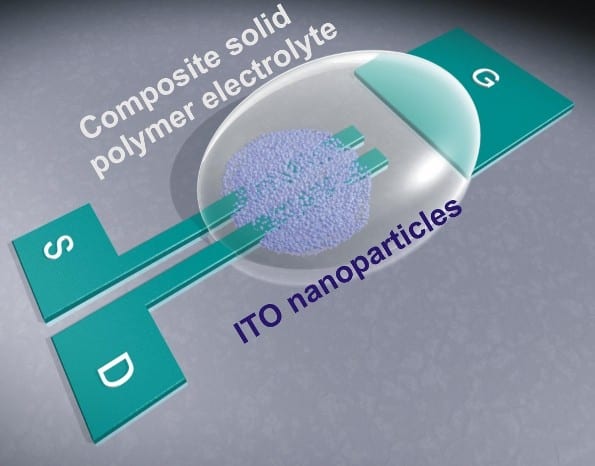

Researchers show that solid polymer electrolytes can be used as the gating insulator for printed electronics, contrary to accepted thinking.
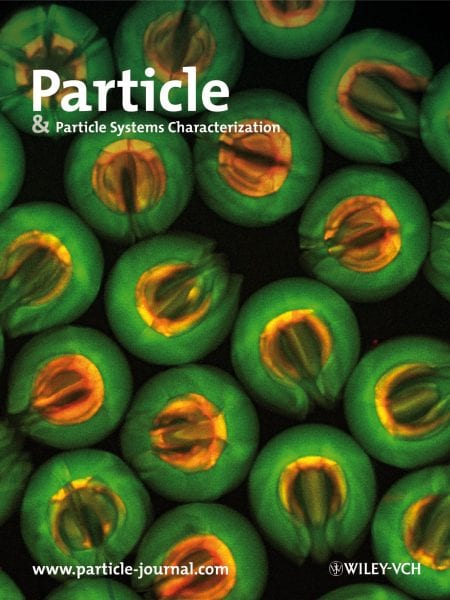
Particle & Particle Systems Characterization is the new sister journal of Advanced Materials.
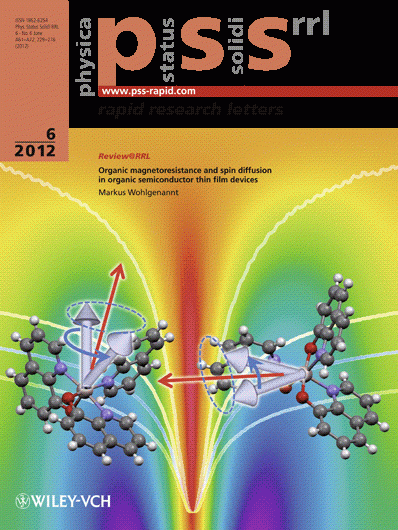
The most downloaded papers from the physica status solidi family in June.
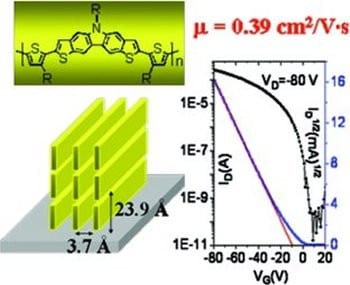
Researchers from the Chinese Academy of Sciences, Changchun, designed a novel fused heteroacene with high hole mobility for solution processed thin-film transistors.
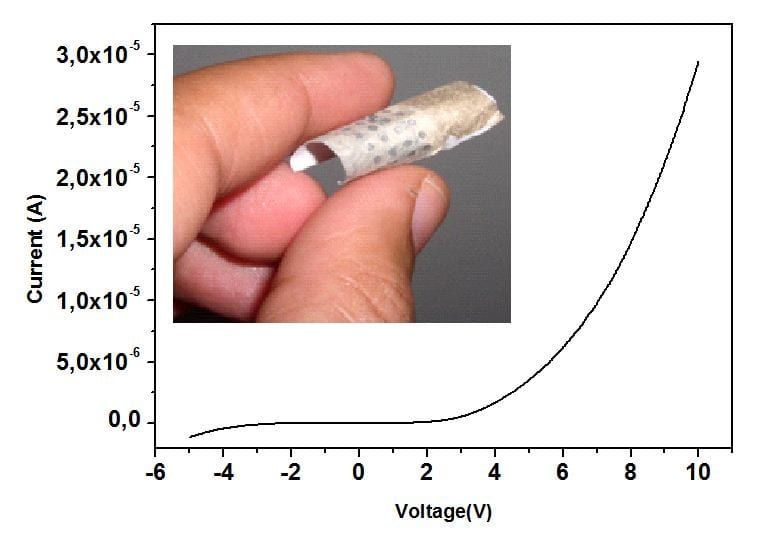
White LEDs, made from zinc oxide and a conducting polymer, can be manufactured directly on paper.
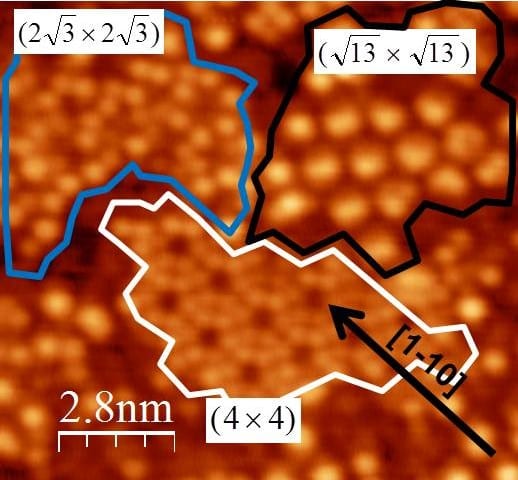
The next generation of computing could be performed with silicene, an atomically thin form of silicon which could revolutionize electronics.

Zwitterion films with a significant bandwidth in the intermolecular band dispersion show evidence of electron pockets at the Fermi Level.
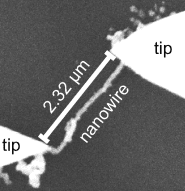
Researchers develop conducting nanostructures based on metallized DNA.
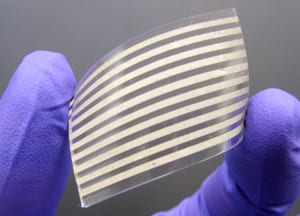
Researchers develop elastic conductors made from silver nanowires that can be used to develop stretchable electronic devices.
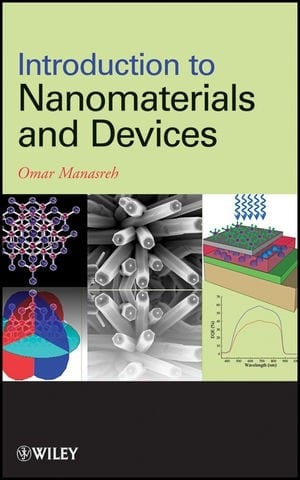
Professor Kourosh Kalantar-zadeh, Associate Professor, RMIT University, is pleasantly surprised by Introduction to Nanomaterials and Devices.